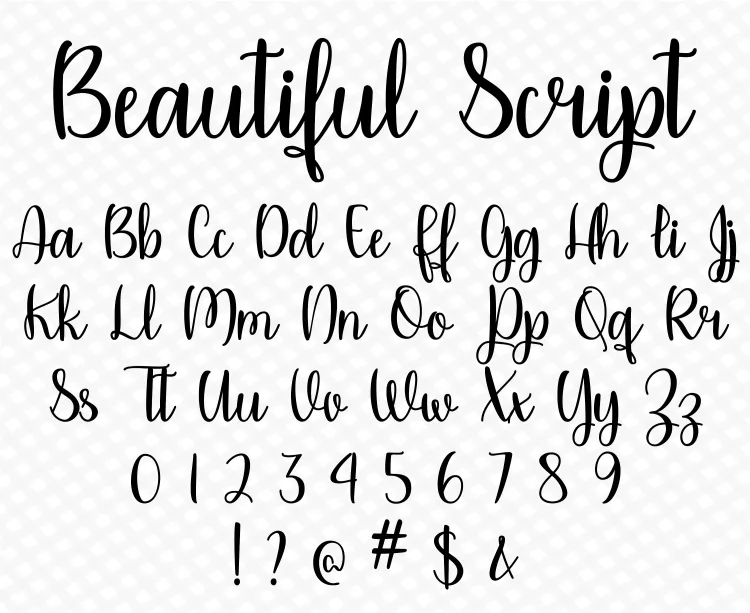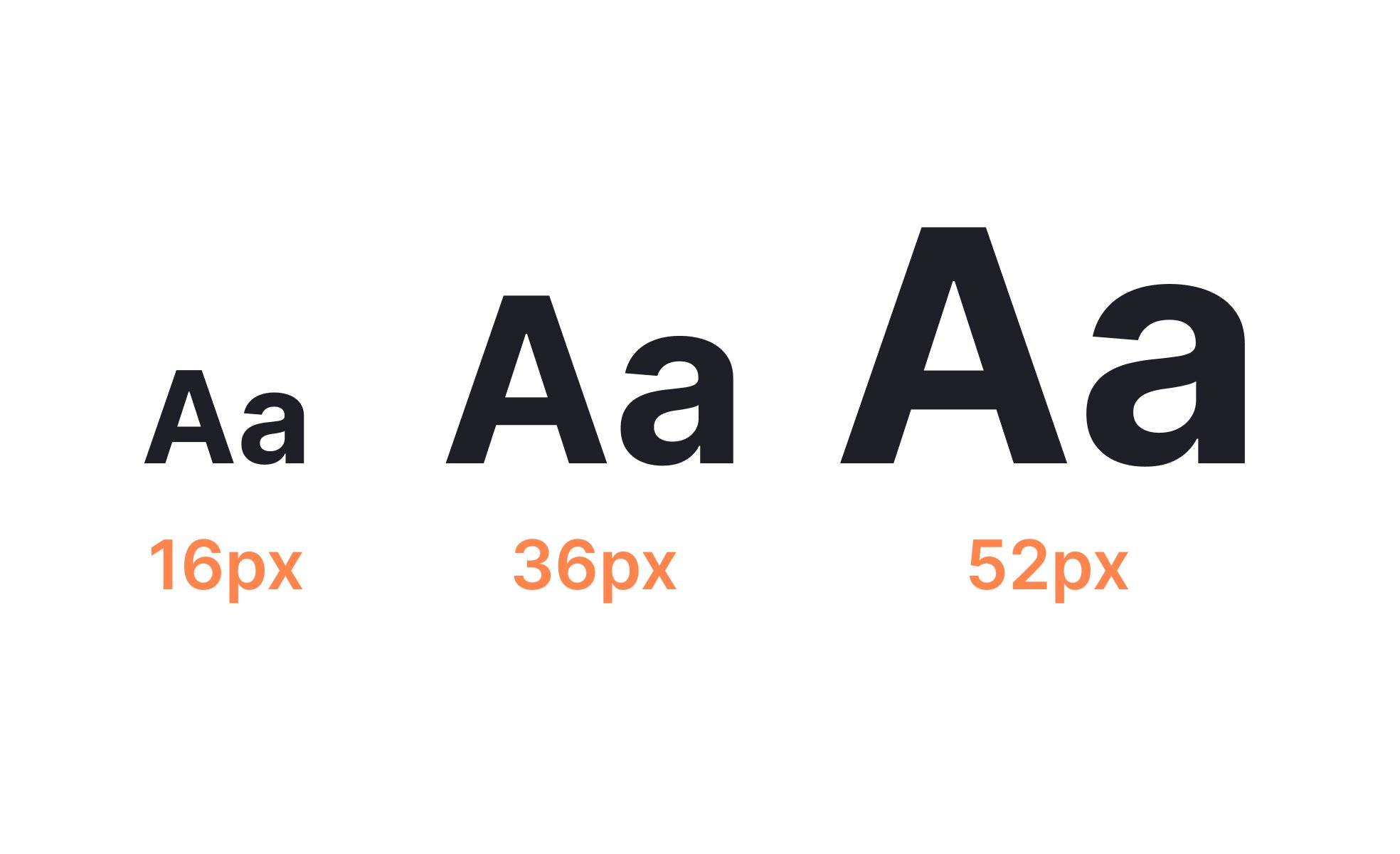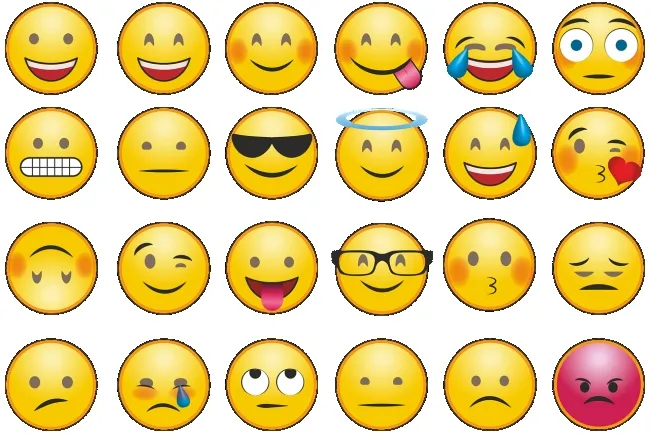Unlocking the Power of Fonts: A Designer's Guide to Typography...!!!
The choice of font is a crucial element in design, affecting how information is perceived and the overall impact of the visual message. Each font type has its unique characteristics and uses, making it essential to select the right font for the intended context.

Fonts play a fundamental role in visual communication, significantly influencing how information is perceived and understood. The choice of font can convey various moods, tones, and levels of formality, making it a vital aspect of design and typography.
Serif Fonts
Definition: Serif fonts are characterized by the small lines or strokes (serifs) attached to the ends of larger strokes in letters and symbols. These fonts are often perceived as traditional and formal.
Common Uses:
-
Print Media: Books, newspapers, and magazines often utilize serif fonts for body text because they are considered easy to read in print.
-
Formal Documents: Academic papers, legal documents, and professional correspondence frequently employ serif fonts to convey a sense of authority and tradition.
-
Examples: Times New Roman, Georgia, and Garamond.
Sans-Serif Fonts
Definition: Sans-serif fonts lack the small lines or strokes at the ends of letters, resulting in a clean and modern appearance.
Common Uses:
-
Digital Media: Websites, apps, and digital interfaces often use sans-serif fonts because they are deemed more legible on screens.
-
Informal Communication: Brochures, flyers, and casual advertisements may use sans-serif fonts to create a friendly and approachable feel.
-
Examples: Arial, Helvetica, and Verdana.

Script Fonts
Definition: Script fonts mimic the appearance of handwritten text, with flowing, connected letters. They can range from elegant and formal to casual and playful.
Common Uses:
-
Invitations and Greeting Cards: Wedding invitations, greeting cards, and other special occasion materials often use script fonts to add a personal and elegant touch.
-
Branding: Logos and brand materials for businesses that want to convey creativity and individuality.
-
Examples: Brush Script, Lucida Handwriting, and Pacifico.
Decorative and Display Fonts
Definition: Decorative fonts, also known as display fonts, are designed to be eye-catching and unique. They are often used in large sizes for headlines and titles.
Common Uses:
-
Advertising: Billboards, posters, and advertisements use decorative fonts to capture the viewer's attention and convey a specific mood or theme.
-
Packaging: Product packaging often employs decorative fonts to stand out on the shelves and attract customers.
-
Examples: Impact, Comic Sans, and Lobster.
Monospaced Fonts
Definition: Monospaced fonts, or fixed-width fonts, have letters and characters that occupy the same amount of horizontal space, giving them a uniform and mechanical appearance.
Common Uses:
-
Coding: Programmers and developers often use monospaced fonts in code editors because they facilitate text alignment and error spotting.
-
Technical Documents: Instruction manuals, typewritten documents, and technical specifications may use monospaced fonts for clarity and precision.
-
Examples: Courier, Consolas, and Monaco.
Handwriting Fonts
Definition: Handwriting fonts mimic the look of natural, handwritten text. They can vary widely in style, from neat and orderly to messy and expressive.
Common Uses:
-
Personal Projects: Scrapbooks, journals, and DIY projects often use handwriting fonts to add a personal and informal touch.
-
Creative Design: Posters, social media graphics, and other creative materials may use handwriting fonts to convey a playful and artistic feel.
-
Examples: Comic Sans, Kristen ITC, and Homemade Apple.
Blackletter Fonts
Definition: Blackletter fonts, also known as Gothic or Old English fonts, have a medieval appearance with ornate and angular letters. They evoke the script used in ancient manuscripts and books.
Common Uses:
-
Historical Context: Blackletter fonts are often used in materials that aim to evoke a sense of history, tradition, or antiquity.
-
Decorative Elements: Certificates, diplomas, and formal invitations may use blackletter fonts to add a touch of elegance and formality.
-
Examples: Old English Text, Fraktur, and Cloister Black.
The choice of font is a crucial element in design, affecting how information is perceived and the overall impact of the visual message. Each font type has its unique characteristics and uses, making it essential to select the right font for the intended context. From the traditional elegance of serif fonts to the modern simplicity of sans-serif fonts, and from the personal touch of script fonts to the historical charm of blackletter fonts, the world of typography offers a rich palette of options to explore and experiment with. Understanding the strengths and applications of different font types can help designers create compelling and effective visual communications.
What's Your Reaction?

















